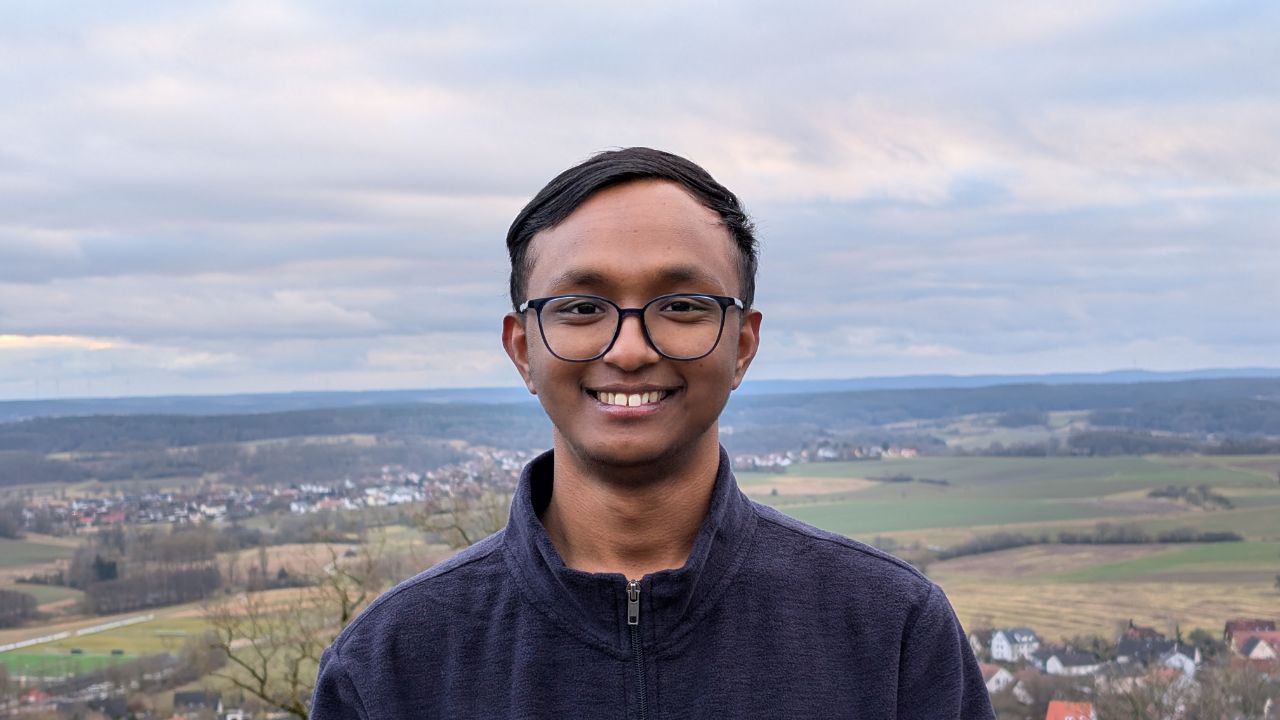HISTORY
Established: April 1, 2021
Mission: Bridge the gap between science and society by fostering scientific temper among the common people of Odisha, especially through accessible communication in Odia and English.
U Abinash Patro and Gyanaranjan Parida are the founders. JIGYANSA is their brainchild.




